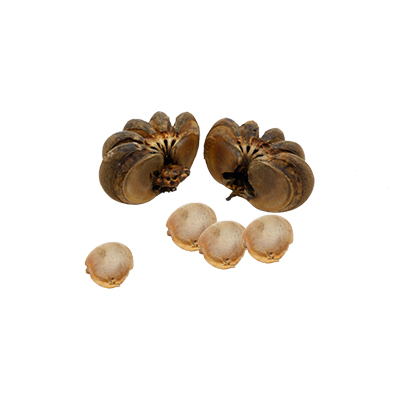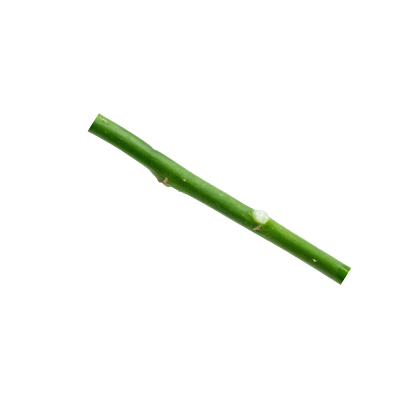Sandbox Tree
Hura crepitans L.
Euphorbiaceae
Location in our garden
Shading Area
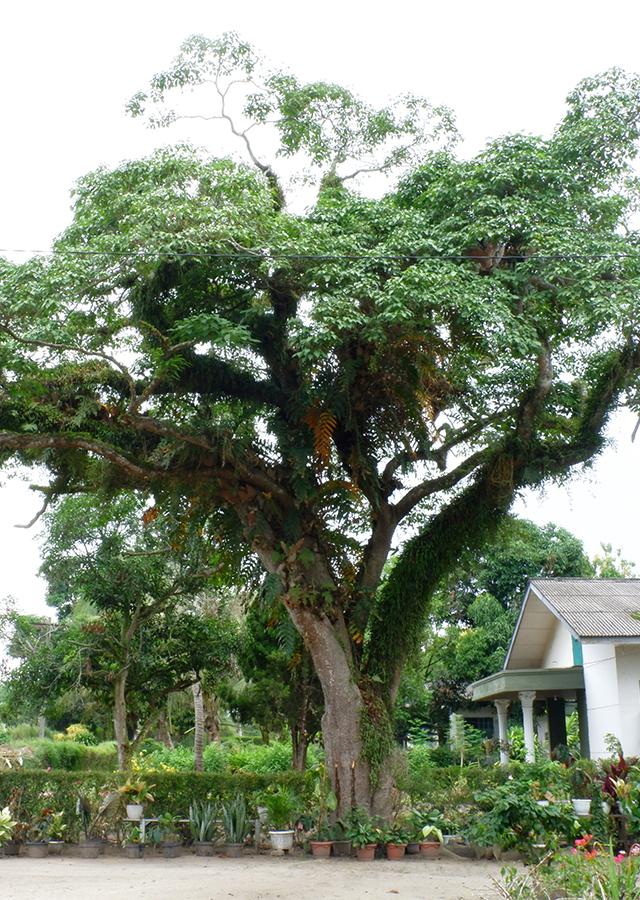
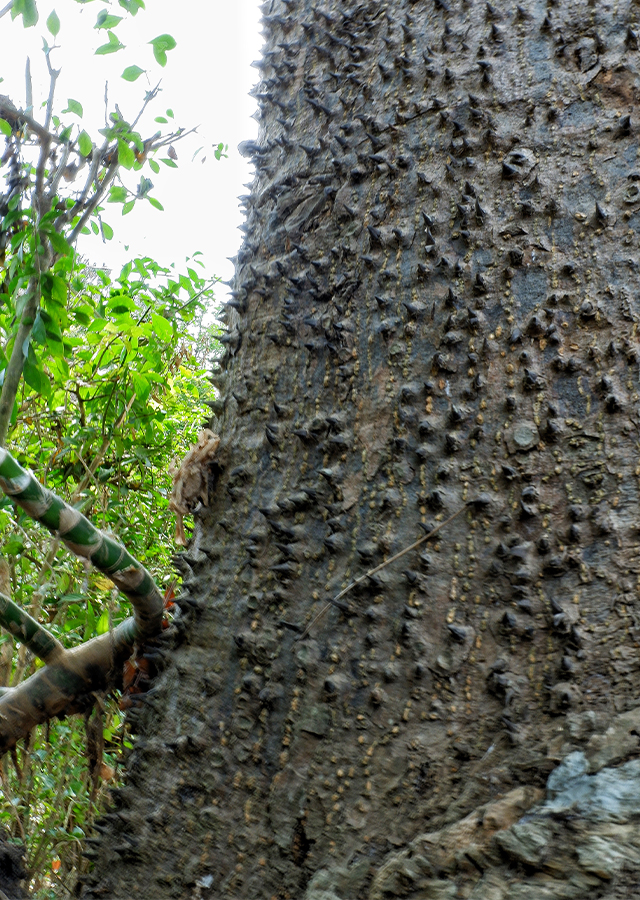
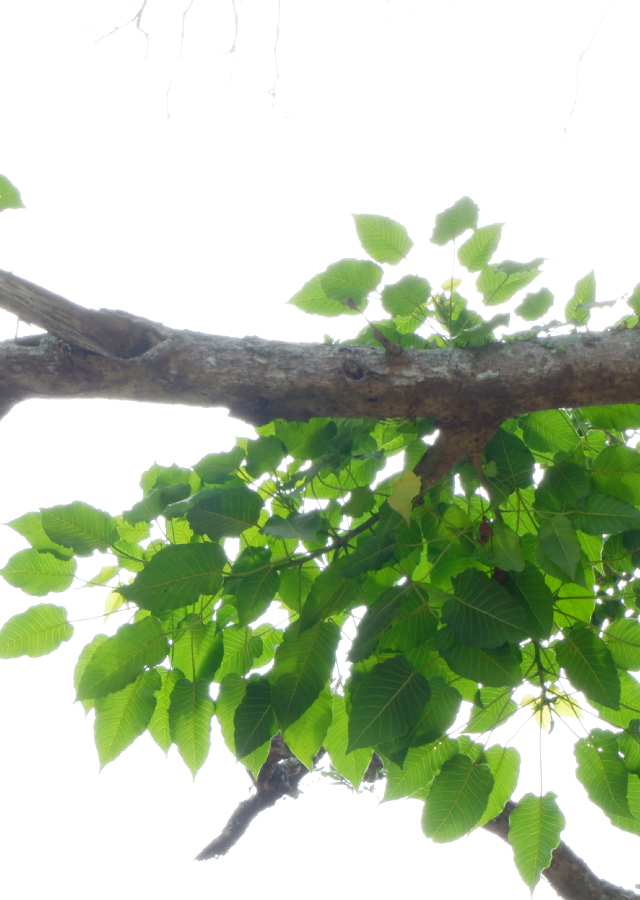
Synonym
Hura brasiliensis Wild.
Hura senegalensis Baill.
Hura strepens Wild.
Habitus
Trees. A fast-growing, semi-deciduous tree with a heavy bole and limbs, grows up to 50 m tall
Part Used
Leaves
Seeds
Bark
Fruit
Latex
Growing Requirements
Full Sunshine
Drought Resistant
Habitat
Forest
Roadside
Terrestrial
Overview
Hura crepitans is native to the tropical regions of North and South America. The tree is harvested from the wild for local use as a medicine and source of materials. The wood is sometimes traded. The tree is grown to provide shade in plantations and is widely cultivated as an ornamental in tropical regions of America, Africa and Asia. It is often planted along roadsides and in parks.
Vernacular Names
Aceira (Brazilian), Sandbüchsenbaum (German), Zandkokerboom (Dutch), Acuapa (Spanish), Javillo (Mexican), Salvadera (Cuban), Arenillo (Colombian), Arbre au diable (French).
Agroecology
Succeeds in humid, lowland, tropical and subtropical climates. Prefers a fertile, well-drained soil and a position in full sun. Established plants are very drought tolerant. Plants are susceptible to wind damage.
Morphology
- Trunks - dark, conical spines, bark is grey.
- Leaves - green broadly ovate leaves, texture papery thin, measuring about 5 - 29 cm long and 5 - 17 cm wide, petiole about 5 - 20 cm long, margins slightly dentate.
- Flowers - monoecious, male red flowers with no petals borne on a spike inflorescence about 5 cm long, female reddish brown flowers are solitary and in leaf axils.
- Fruits - dehiscent pumpkin-shaped capsule about 3 - 5 cm long and 5 - 8 cm wide, turns to reddish-brown when ripen, contains flattened seeds about 2 cm wide.
Cultivation
- Propagated by seeds - best sown as soon as it is ripe in a partially shaded position in individual containers. A high germination rate can normally be expected, with the seed sprouting within 30 - 40 days. They will be ready to plant out 4 - 5 months later.
- By large cuttings.
Chemical Constituents
Saturated fatty acids (capric, lauric, myristic, palmitic, stearic, arachidic, behenic, lignoceric), unsaturated fatty acids (palmitoleic, oleic, linoleic, linolenic), hexahydrohuratoxin, ketoenal, glycosides, alkaloids, flavonoids, tannins, steroids, triterpenoids, saponins, phenolic compounds, daphnetoxin acid, huratoxin, apocynin, methylpentadecanoate, glucosamine lectin.
Traditional Medicinal Uses
- The bark is emetic and purgative.
- The sap in bark is toxic. Though it is said to be a remedy for leprosy.
- The milky sap is caustic and irritant.
- An infusion of the leaves is used as a body-rub for treating leprosy.
- The seed contains a glucosamine lectin having mitogenic and haemaglutinating properties.
- A viscous oil obtained from the seed is a very strong (drastic) purgative and emetic.
Part Used
Reference Sources
- Fern, Ken. Useful Tropical Plants. (2021). Hura crepitans. https://tropical.theferns.info/viewtropical.php?id=Hura+crepitans. 15-09-21.
- Cabi. Hura crepitans. https://www.cabi.org/isc/datasheet/27996. 15-09-21.
- National Nparks. Flora & Faun Web. Hura crepitans. https://www.nparks.gov.sg/FloraFaunaWeb/Flora/2/9/2966. 15-09-21.



